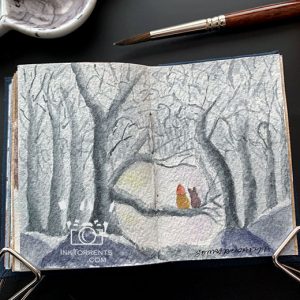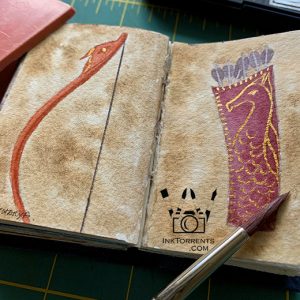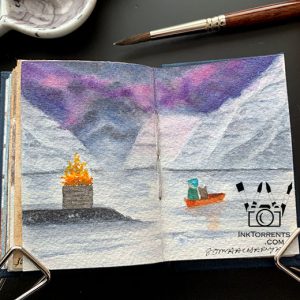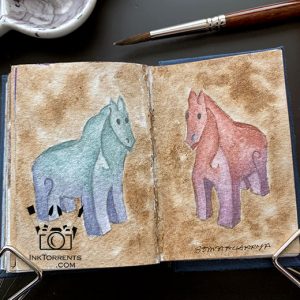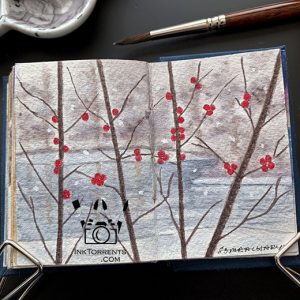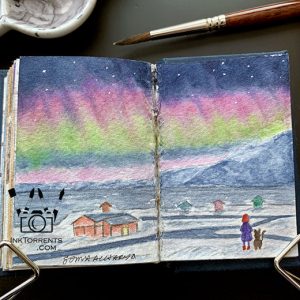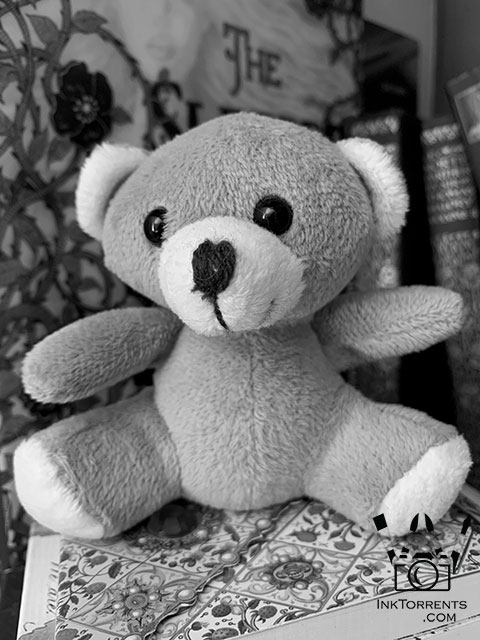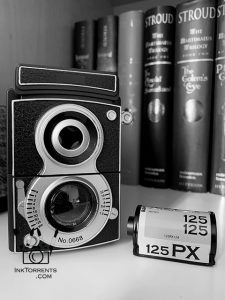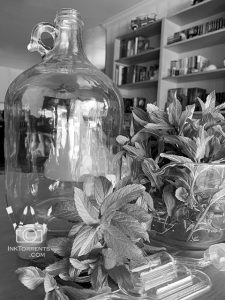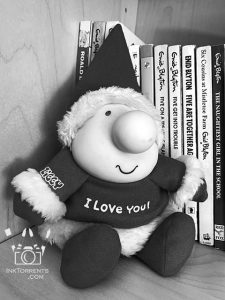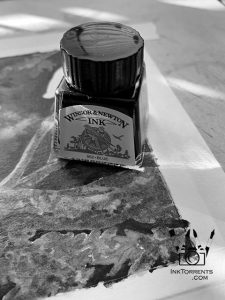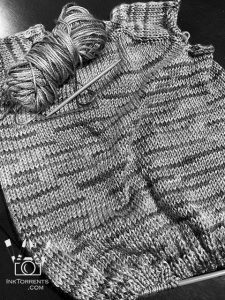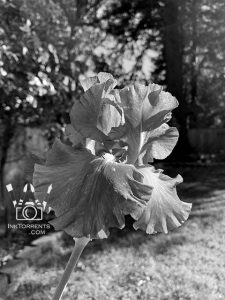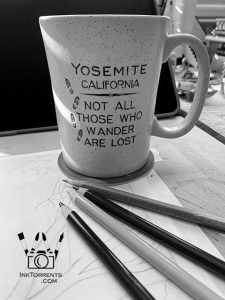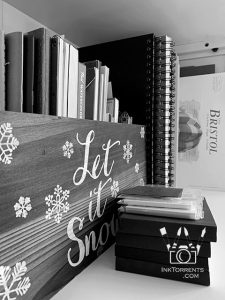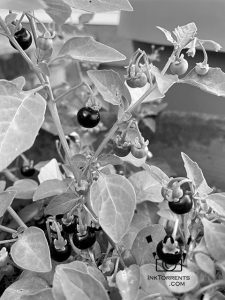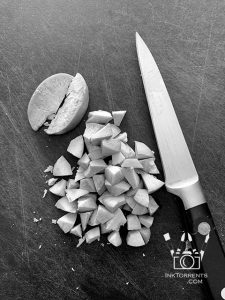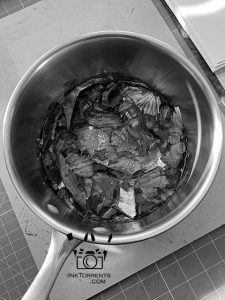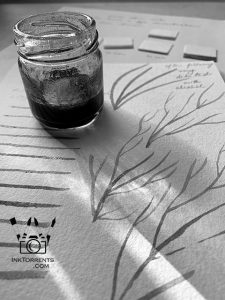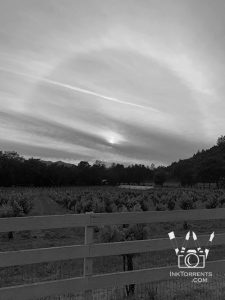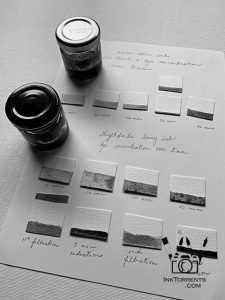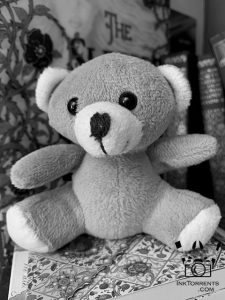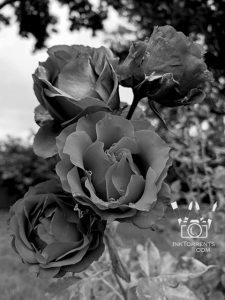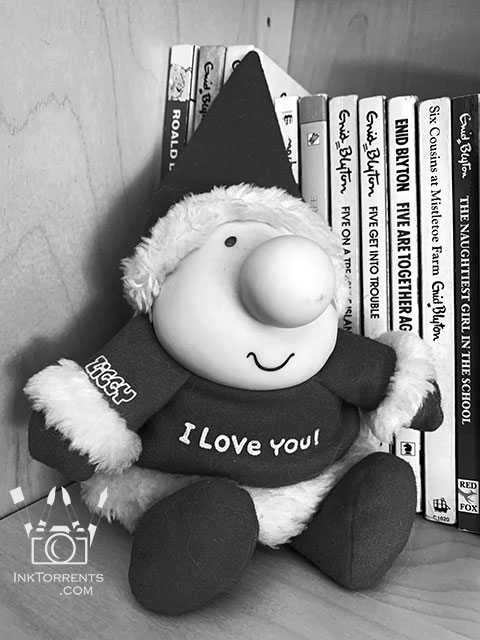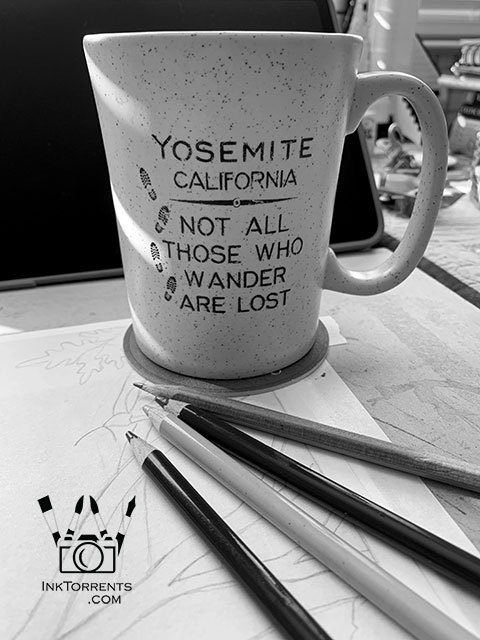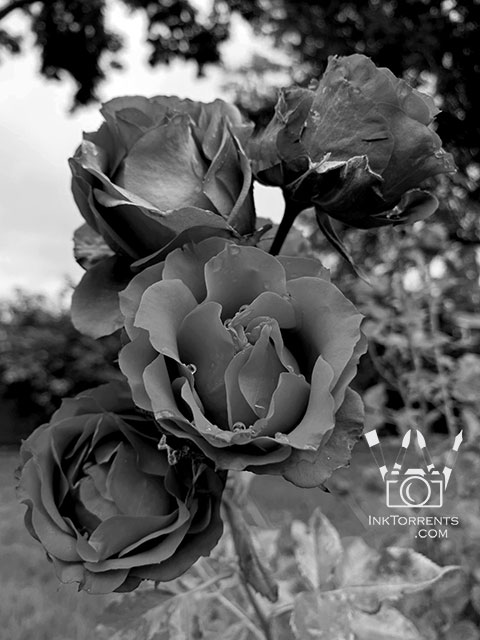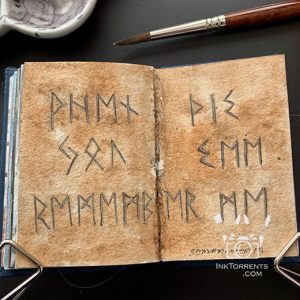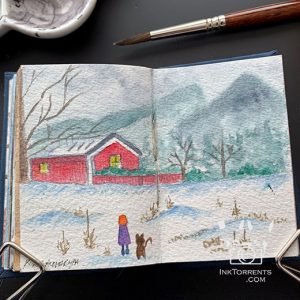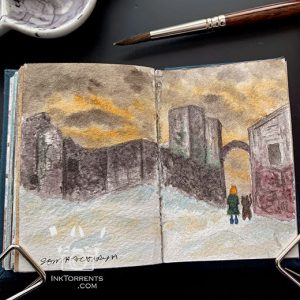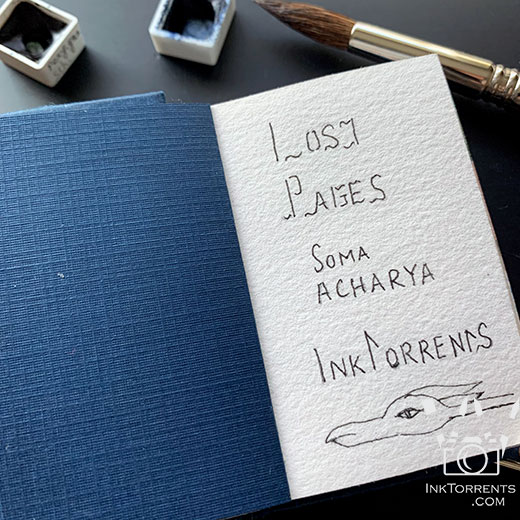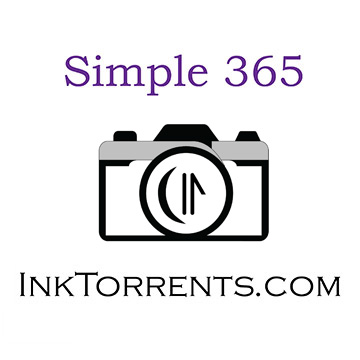Today I have quite a list of things to share with you. New finishes and projects. The revival of a linky party and news of an upcoming giveaway. Also, there’s a new place in the shop for The Girl And Her Cat. I called the very first post of this year Little Stories. It is a blend of the many things I worked on during the long winter break. I miss sharing the little things that I come across now and then and I almost always have a little story or an anecdote to go with my work. I thought I’d make Little Stories a series. So, without further ado, let me show you around.
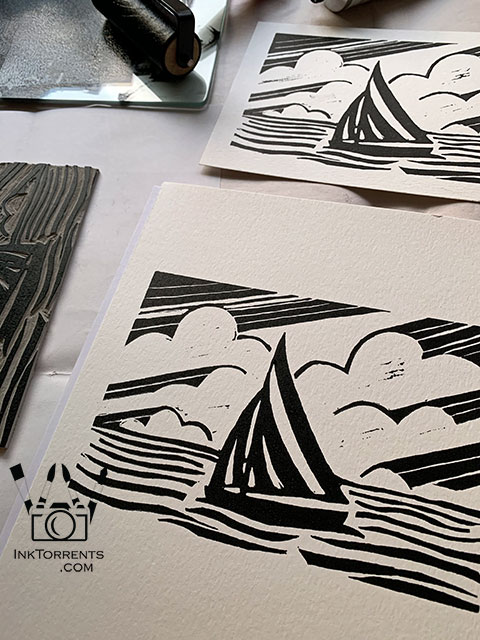
After The Storm
Twitter Art Exhibit is an event where artists send their works to be sold for different charities each year. This year, all proceeds will go to the L_I_N_C, supporting leukaemia and other blood cancer patients and their families.
Last year I injured my right hand very badly. For a while I couldn’t even hold a pencil, let alone draw and carve for a relief print. Thankfully, they extended the deadline and I was able to finish this print. I am happy to say that it got sold within the first day of the online shop opening. That made me incredibly happy.
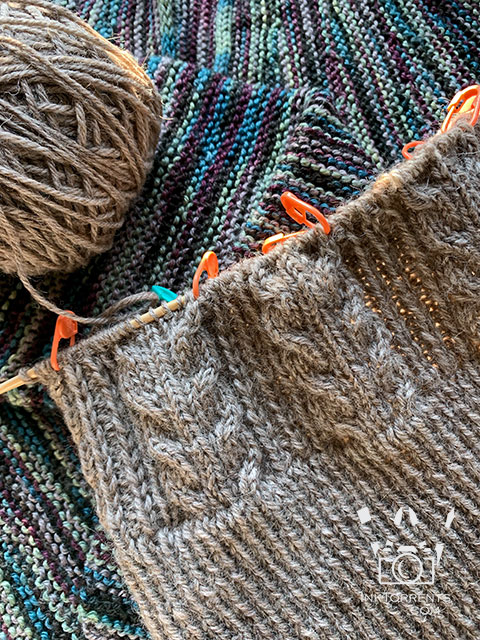
My hand has also mended enough for me to knit again. The background in the photo is a cardigan that I finished knitting, now waiting for a zipper. The front is a hat that I am currently knitting using wool that I purchased on our travels. Hopefully I will be able to share the finishes here soon, along with pattern links and review.
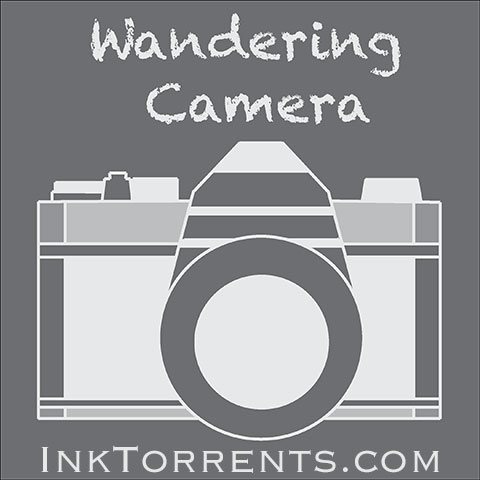
We decided not to travel this year. Since I really miss travel photography, I thought I would take this chance to go through old travel photos and share them here. Wandering Camera linky party is coming back. It not only motivates me to work on my photos, I also love seeing yours. If you follow me via email, you will get a reminder.
Even though I miss the excitement and wonder of visiting a new country, I am content with wandering in my painting books for now.
Paintings From The Lost Pages Book
Here are the last few paintings from the Lost Pages book. Please Click on the image thumbnails to see the photos and read the captions.
I finished this book on my birthday. Since I am squarely a winter girl, I thought it would be apt if The Girl And Her Cat were enjoying the aurora during an Arctic dawn.
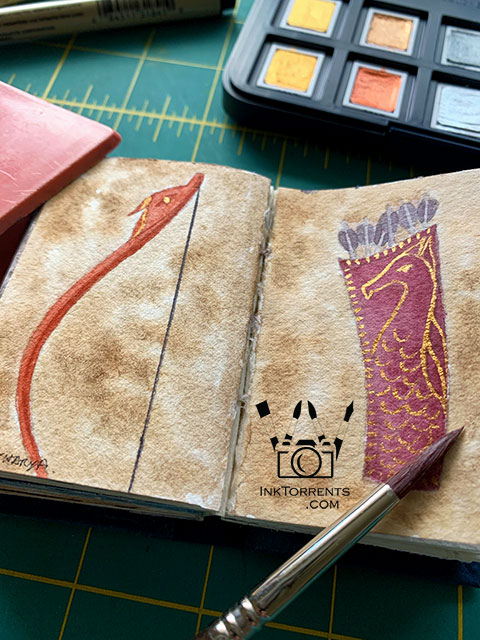
This one is really special to me. I painted this bow and arrow imbued in dragon magic for protection and strength for an old friend who was going in for cancer surgery the next day. The Girl And Her cat brought him to safe harbour though the storm.
Lost Pages Paintings
You can see all the paintings from the Lost Pages book together at the above link. Each page of this book tells a little story.
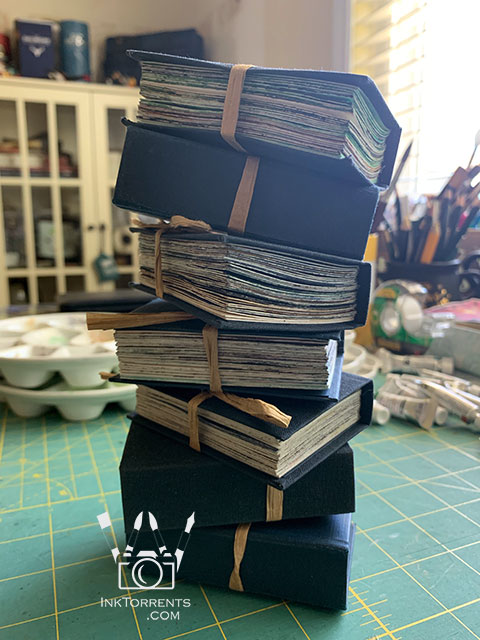
Here is the latest stack of books I have made for painting since December of 2020. They are all named and at least one of them is an illustrated story. Most of them are about The Girl And Her Cat.
A Thank You
I really want to thank each one of you for visiting me and leaving such wonderful encouraging words, not to mention continuing to purchase from my shop. Each sale is very special to me, whether it is a quilt pattern or a an art print. The sales enable me to make donations to my favourite shelters and humane societies. I will have a special Thank You giveaway next month. Stay tuned!
Until next time,
-Soma
I am linking up with the linky parties on my Events And Links page. Please pay a visit to some of them.
Leave a comment

